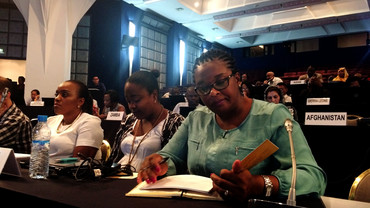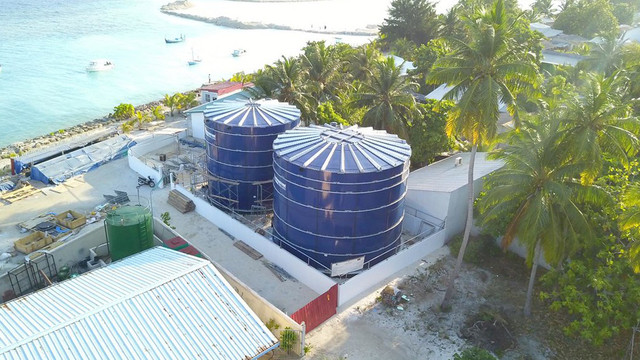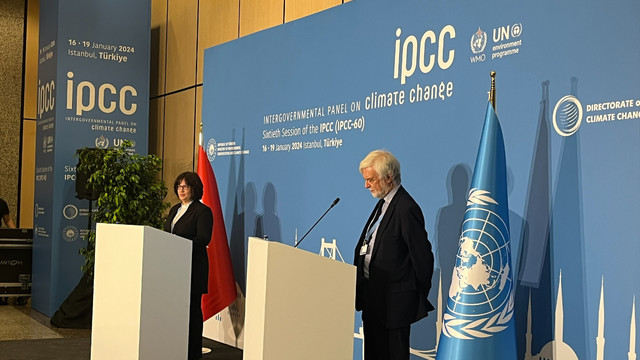Supporting least developed countries on climate technology transfer
In March, experts on technology development and transfer gathered in Copenhagen and Bonn to take forward the work of the UN climate negotiations. IIED supported representatives of the Least Developed Countries (LDCs) to present proposals that would work for them.


Stella Gama of Malawi briefing the Technology Executive Committee (Photo: Nina Tramullas/UNFCCC)
UN treaties have long recognised the important role that developing and transferring environmentally sound technologies play in combating the climate crisis.
A successful transfer includes the knowledge needed to successfully install, operate and maintain the equipment that embodies a new technology. It also includes the capacity to choose and adapt know-how, experience and equipment to local conditions and integrate them with indigenous technologies.
Under the Paris Agreement, nations laid out a long-term vision to fully realise technology development and transfer. They agreed that the two existing branches of the UNFCCC's Technology Mechanism would work to achieve this goal. The policy-recommending Technology Executive Committee (TEC) and the implementing Climate Technology Centre and Network (CTCN) became operational in 2012. Since then they have worked to guide the development and transfer of technologies to reduce greenhouse gas emissions and improve resilience.
But how have the poorest countries benefited from the work of the Technology Mechanism?
I worked with the LDC representative to the TEC, Stella Gama of Malawi, and the LDC representative on the advisory board of the CTCN, Thinley Namgyel of Bhutan, to find out. We surveyed the LDCs' national focal points to the UN climate negotiations and their National Designated Entities (NDEs) (the person responsible for managing CTCN requests) – generating responses from 23 of the 47 LDCs.
In a new paper we present their responses, offering a snapshot of how the poorest nations are currently using technology initiatives. Our research aims to better understand the barriers and challenges LDCs face in implementing technology development and transfer projects. And explore what changes to existing technology and financial institutions could lessen these barriers and challenges.
A key issue that emerged was the poorest countries' lack of familiarity with the Technology Mechanism.
Familiarity with the Technology Mechanism
Our survey asked LDC representatives to rank their familiarity with the TEC and the CTCN's training sessions. We found a limited knowledge of their work, which means that LDC representatives aren't aware of the TEC's policy guidance or the CTCN training tools.
Our paper drew out several proposals that would improve the Technology Mechanism's communication and outreach to the LDCs, including:
- Targeting LDCs: The TEC could create an email group of LDC NDEs and use it to inform them of key publications, recommendations and events
- Facilitating access to online events: Many LDCs struggle with internet access and thus have problems assessing webinars due to poor connections. The Technology Mechanism could request UN regional agencies and other entities to provide a secure internet connection for LDC representatives to access these events, and
- Translation: Translating policy briefs and tools such as guidance documents into French and Arabic would make them accessible to LDC stakeholders who work in these languages.
We presented our findings and proposals to the March meetings of the TEC and the CTCN's Advisory Board (see below) so that they could take them forward in their 2018 workplans.

We hope the recommendations will help the Technology Mechanism deliver technology development and transfer activities that support the needs of the poorest.
- More information and other recommendations can be found in the paper 'Least Developed Countries' experiences with the UNFCCC technology mechanism', which is available from the CTCN and IIED website.






